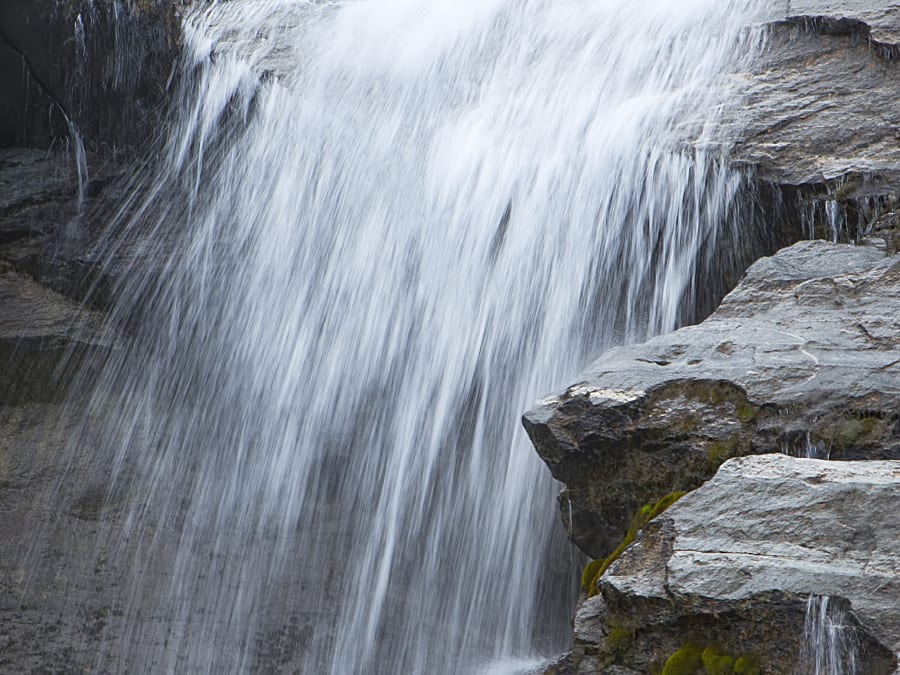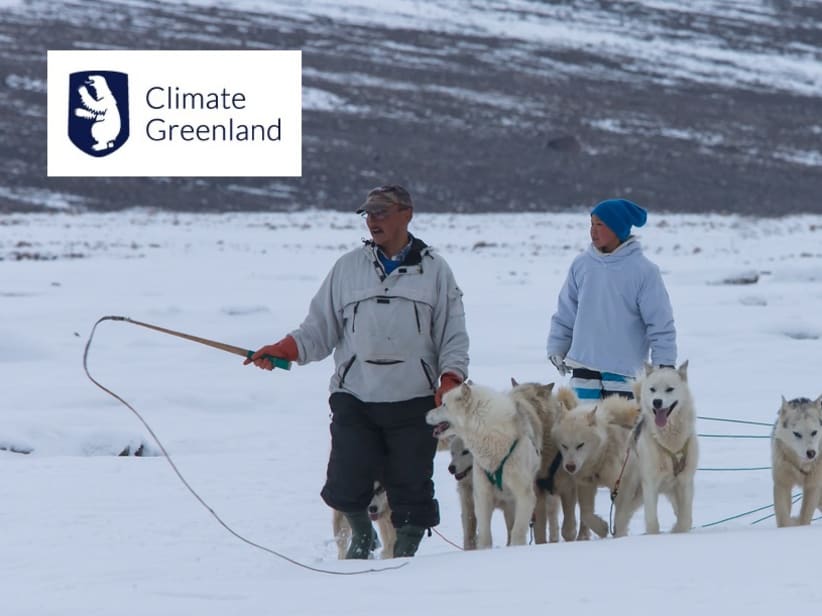Goal 6 is about ensuring universal access to clean and safe drinking water at an affordable price. Sanitation and hygiene must be improved and the proportion of untreated wastewater must be halved as a minimum.
In Greenland, there is access to clean drinking water in all towns and villages. Efforts are constantly being made to improve the water supply to ensure that all citizens have access to high-quality drinking water.
The ice sheet makes up about 80% of the total area in Greenland and means that Greenland is enriched with an enormous and unique water resource. Globally, certainly not everyone has access to the same water resources as here. Clean drinking water is a prerequisite for public health, business and the development of society. Our drinking water is surface water from rivers and lakes. Therefore, we must take care of the country's natural resources, and ensure that water sources are protected from pollution, waste dumping, discharges of hazardous chemicals and untreated wastewater.
In the larger cities there are good sanitary toilet conditions and established sewers, but in the smaller settlements there are still challenges with the disposal of night waste. Naalakkersuisut and the municipalities are working on solutions that ensure sanitary sound disposal of night waste. The solutions focus on reducing direct human contact with night waste and on wastewater management, and its impact on the marine environment.
Globally one in three people live without sanitation. This is causing unnecessary disease and death. Although huge strides have been made with access to clean drinking water, lack of sanitation is undermining these advances. If we provide affordable equipment and education in hygiene practices, we can stop this senseless suffering and loss of life.










